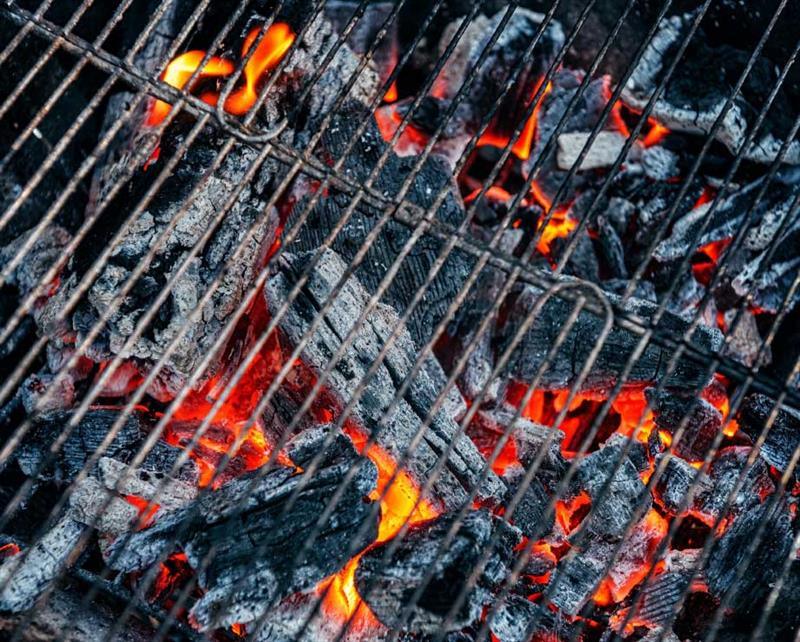When it comes to grilling, the type of charcoal you choose can make all the difference. Whether you’re running a busy kitchen, catering outdoor events, or simply perfecting your restaurant’s grill menu, understanding your fuel source is essential.
At Magna Foodservice, we support chefs and businesses within restaurants and takeaways with quality products that include a trusted range of grilling essentials.
Why Does the Right Charcoal Matter?
Charcoal isn’t just about heat. It impacts cooking times, temperature control and most importantly, the flavour profile of your food. The right charcoal will:
- Enhance the smoky aroma and taste.
- Offer consistent burning times.
- Help control temperature more easily.
Choosing the right type can dramatically improve efficiency and quality in a professional setting.
Different Types of Charcoal
Here’s your ultimate guide to the different types of charcoal and how to pick the best one for your cooking needs.
1. Lump Charcoal
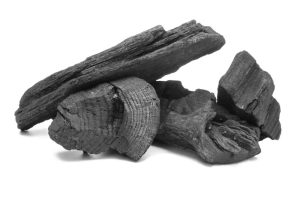
What it is: Lump charcoal is made by burning hardwood in a low-oxygen environment, removing moisture, sap and natural chemicals.
Advantages:
- Lights quickly
- Burns hotter
- Provides a natural smoky flavour
- Contains no additives or fillers
Best for: Restaurants or pubs focusing on authentic wood-fired dishes and chefs who want precise temperature control.
Tip: Because it burns faster, lump charcoal is perfect for high-heat grilling or searing.
2. Charcoal Briquettes
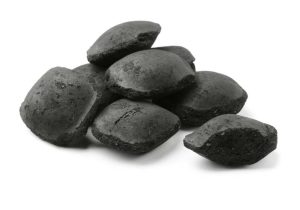
What it is: Briquettes are compressed blocks made from sawdust and other wood by-products, often mixed with binding agents.
Advantages:
- Burns evenly and consistently
- Maintains a steady temperature for longer
- Cost-effective
Best for: Large-scale caterers, takeaways and kitchens needing consistent heat for extended service periods.
Tip: Opt for high-quality briquettes without chemical additives for a cleaner flavour.
3. Binchotan (White Charcoal)
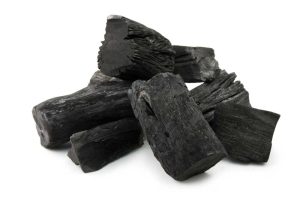
What it is: Traditional Japanese charcoal, made from oak and other dense hardwoods and fired at very high temperatures.
Advantages:
- Extremely long burning time
- Burns with little smoke or odour
- Produces high, steady heat
Best for: Premium restaurants, sushi bars and any kitchen seeking ultra-refined grilling with minimal smoke.
Tip: Ideal for delicate proteins like seafood and premium cuts.
4. Coconut Shell Charcoal
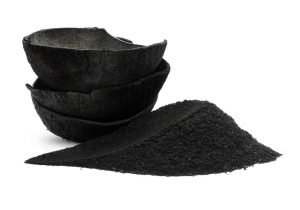
What it is: Produced by carbonising coconut shells.
Advantages:
- Eco-friendly and sustainable
- Burns hot and evenly
- Produces less ash
Best for: Eco-conscious operations, mobile catering and grills focused on sustainability branding.
Tip: Coconut charcoal has a neutral profile, letting the natural food flavours shine.
5. Hardwood Briquettes
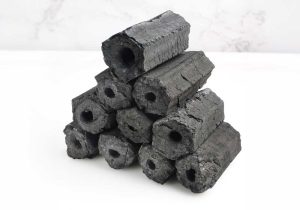
What it is: Briquettes made purely from natural hardwood with fewer additives than standard options.
Advantages:
- Combines the benefits of lump and standard briquettes
- Good heat and duration
- More natural flavour than traditional briquettes
Best for: Upscale foodservice operations wanting a balance between traditional authenticity and practical performance.
Tip: A versatile option when you want reliable performance with artisanal appeal.
Real-Life Examples: Choosing Charcoal for Different Sectors
- Restaurants: Food operators wanting strong smoky flavours in burgers or steaks often choose lump charcoal for high-temperature searing.
- Event Caterers: Large-volume event operations often prefer briquettes for predictable, long burns during festivals and weddings.
- Takeaways: Takeaway grills aiming for speed and efficiency often blend lump charcoal with briquettes for quick starts and long service times.
- Hotels: Luxury hotels offering outdoor grilling experiences may invest in binchotan for premium quality and visual appeal.
At Magna Foodservice, we help each customer find the right charcoal solution to match their operation’s needs.
Important Factors to Consider When Choosing Charcoal
- Burn Time: Longer events need longer burning fuel.
- Heat Output: High-searing steaks? You need hotter charcoal.
- Ash Production: Less ash means easier cleanup.
- Environmental Impact: Look for sustainably sourced options.
Tips for Better Grilling with Charcoal
- Use a chimney starter for chemical-free ignition.
- Allow time for the coals to ash over before cooking.
- Adjust airflow vents to control temperature.
- Use direct and indirect zones for versatile cooking options.
Smart charcoal management leads to better flavour and more consistent results, which is critical for maintaining high customer satisfaction.
Why Choose Magna Foodservice for Your Charcoal Needs?
At Magna Foodservice, we offer a curated selection of quality charcoals to suit every professional kitchen. Whether you’re after the bold, authentic flavour of lump charcoal or the steady burn of premium briquettes, we deliver exactly what your business needs.
- Fast, reliable delivery
- Bulk buy options for busy kitchens
- Expert advice on matching products to menus
Need help deciding? Our telesales team is ready to assist or visit www.magnafoodservice.co.uk anytime.
Cooking with charcoal has long been cherished for the unique flavours it imparts and the traditional experience it offers. Beyond the commonly discussed aspects, there are additional benefits and a growing demand for charcoal.
1. Superior Heat Intensity and Control
Charcoal provides higher heat levels compared to other cooking fuels, allowing for better searing and caramelisation of meats. This intense heat is essential for achieving the desired crust on steaks and the perfect char on vegetables. The ability to control heat zones by arranging coals enables versatile cooking techniques, from direct grilling to slow roasting.
2. Enhanced Flavour Profiles
The combustion of charcoal produces aromatic compounds that infuse food with a distinctive smoky flavour. This flavour enhancement is difficult to replicate with gas or electric cooking methods. The Maillard reaction, facilitated by the high heat of charcoal, further develops complex flavours and appealing textures in grilled foods.
3. Cultural and Culinary Significance
In many cultures, charcoal grilling is more than a cooking method; it’s a tradition that brings people together. The communal aspect of gathering around a charcoal grill fosters social interactions and shared culinary experiences. This cultural significance contributes to the sustained demand for charcoal in various regions.
4. Economic Accessibility
Charcoal is often more affordable and accessible than other cooking fuels, especially in areas lacking infrastructure for gas or electricity. Its availability makes it a practical choice for many households and small food businesses, supporting local economies and food security.
5. Environmental Considerations and Sustainability
Whilst traditional charcoal production has raised environmental concerns, advancements in sustainable sourcing and production methods are mitigating these issues. The development of eco-friendly charcoal alternatives and efficient cooking technologies is promoting more sustainable practices in charcoal use.
6. Growing Market Demand
The global demand for charcoal is on the rise. This growth is prompting innovations in production and distribution, ensuring that charcoal remains a viable and sustainable cooking fuel for the future.
Cooking with charcoal offers distinct advantages in flavour, heat control, cultural significance and economic accessibility. As the demand for charcoal continues to grow, embracing sustainable practices will be key to preserving its benefits for future generations.

